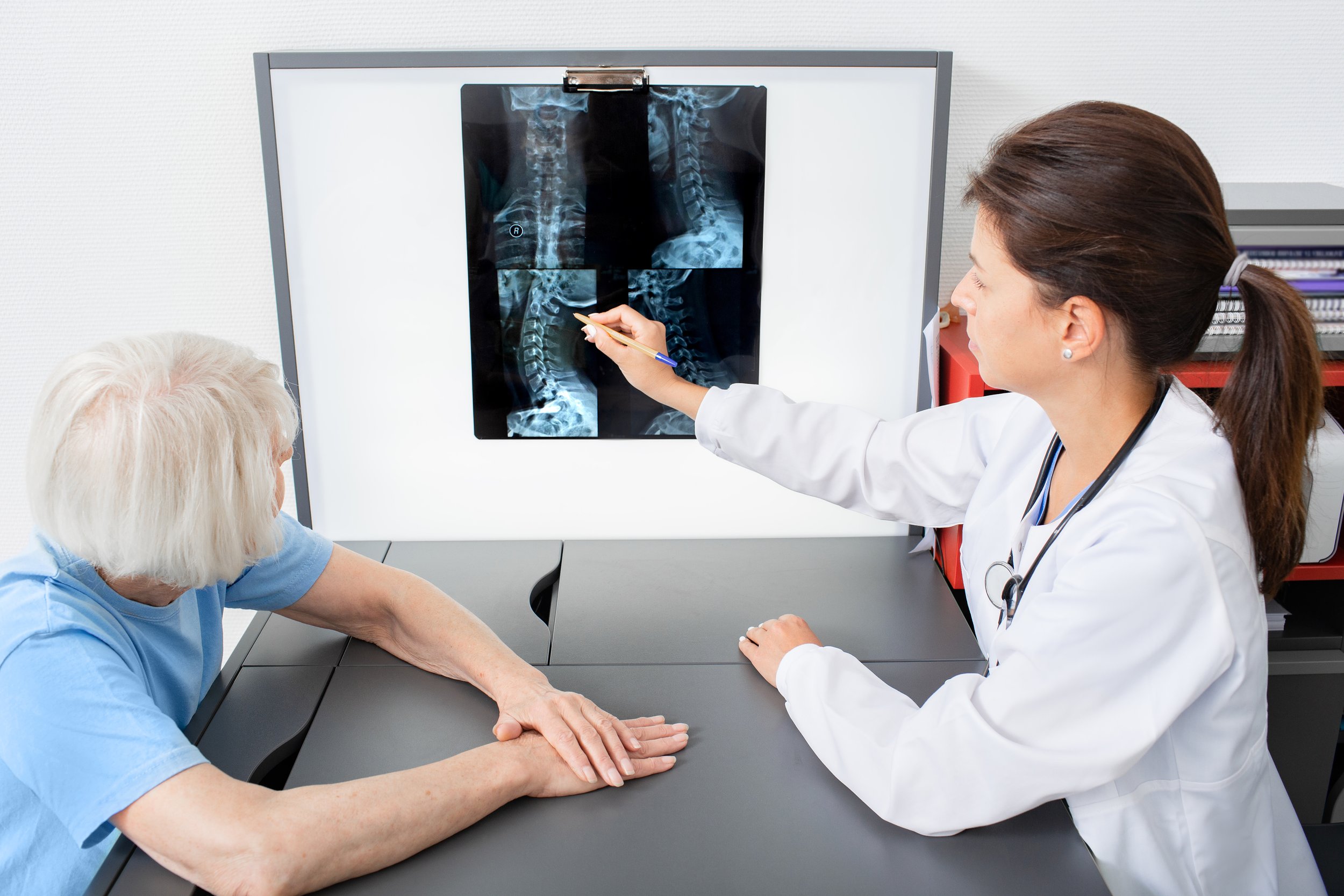Scoliosis Surgery: when is it the right choice for you?
Scoliosis—a sideways curvature of the spine—affects people of all ages. For many, nonoperative treatments like exercise, physical therapy, and lifestyle adjustments provide meaningful relief and help maintain function. But sometimes, surgery becomes a consideration.
At MyBackHub, we specialize in nonoperative spine care, and we’re often asked: When is scoliosis surgery actually necessary? Understanding the right timing and reasons for surgery can empower you to make the best decisions for your spine health.
What Does Scoliosis Surgery Involve?
Scoliosis surgery typically aims to:
Correct or reduce spinal curvature
Stabilize the spine using rods, screws, and bone grafts
Relieve nerve compression if present
Improve posture, function, and sometimes breathing in severe cases
It’s a major operation, often requiring hospitalization and a lengthy recovery period. While surgery can be highly effective, it carries risks like infection, blood loss, nerve injury, and the possibility of needing future surgeries.
Because of these factors, surgery is usually considered only after careful evaluation and when nonoperative treatments have not been successful.
When Is Surgery the Right Choice?
Here are the main reasons scoliosis surgery might be recommended:
1. Severe Curve Size
For adolescents, surgery is often considered when the spinal curve exceeds 45-50 degrees and is likely to worsen as they grow.
For adults, curves above 50 degrees, especially if progressing, may warrant surgical evaluation.
Large curves can impact spinal balance, cause deformity, and in some cases impair lung function.
2. Progressive Curves
If scoliosis is worsening significantly over time despite conservative care, surgery might be needed to prevent further deformity and complications.
3. Pain and Neurological Symptoms
Persistent, severe back or leg pain unresponsive to nonoperative treatments can be an indication.
Signs of nerve compression such as numbness, weakness, or loss of bowel/bladder control require urgent evaluation and may necessitate surgery.
4. Functional Limitations
When scoliosis significantly affects daily activities, mobility, or quality of life, surgery may improve function.
When Surgery May Not Be Necessary
Most people with scoliosis do not need surgery. Mild to moderate curves often remain stable, and symptoms can be managed with:
Physical therapy and exercise
Posture education
Pain management strategies
Bracing (mainly for adolescents)
At MyBackHub, our virtual programs help you build strength, improve posture, and manage pain—often preventing or delaying the need for surgery.
What to Expect If Surgery Is Recommended
If surgery is advised, here’s what you can expect:
A thorough evaluation by a spine surgeon, including imaging and physical exams
Discussion of risks, benefits, and alternatives
Preoperative preparation to optimize health
Postoperative rehabilitation focusing on safe return to activity
Recovery varies by patient and surgery type but generally includes several months of healing and gradual activity resumption.
Making the Best Decision for Your Spine
Scoliosis surgery is a major step, and deciding whether it’s right for you involves:
Getting a comprehensive evaluation from an experienced spine specialist
Considering your symptoms, curve severity, age, and overall health
Exploring all nonoperative options first
Discussing your goals and concerns openly with your care team
At MyBackHub, we support you through every stage—whether that means guiding you through nonoperative care or helping you prepare for surgery if needed.
Final Thoughts
Scoliosis surgery can be life-changing when clearly indicated, but it’s not the first or only option for most people. Many live active, pain-managed lives without surgery through smart, evidence-based nonoperative care.
Your spine is unique, and so is your treatment plan. If you’re wondering about scoliosis surgery or want to explore conservative options, we’re here to help you find the path that’s right for you.
Contact MyBackHub today for a free consult to take control of your scoliosis journey—no scalpel required, unless it’s truly the best choice for you.
What are your thoughts about this article? Share them with the MyBackHub community on our community page here.
About the Author:
Rob Turk, MD, MBA
Chief Medical Advisor, MyBackHub
Rob Turk is the Chief Medical Advisor for MyBackHub, Inc. Dr. Turk has a broad foundation of talent in both medicine and business, previously obtaining his MD at the University of California, San Diego School of Medicine and his MBA at the University of Virginia Darden School of Business. As an entrepreneur and orthopaedic spine surgeon, he has unique and valuable insight on many topics. He is a published author in leading scientific journals such as JBJS and Arthroscopy, has written multiple book chapters, and has been a reviewer for a number of scientific journals. He is passionate about motion preservation and innovation in spine care, health equity, delicious food, and sports.
Disclaimer:
As a service to our readers, MyBackHub provides access to our library of archived content. Please note the date of last review or update on all articles. No content on this site, regardless of date, should ever be used as a substitute for direct medical advice from your doctor or other qualified clinician.
No content on this site, regardless of date, should ever be used as a substitute for direct medical advice from your doctor or other qualified clinician.






